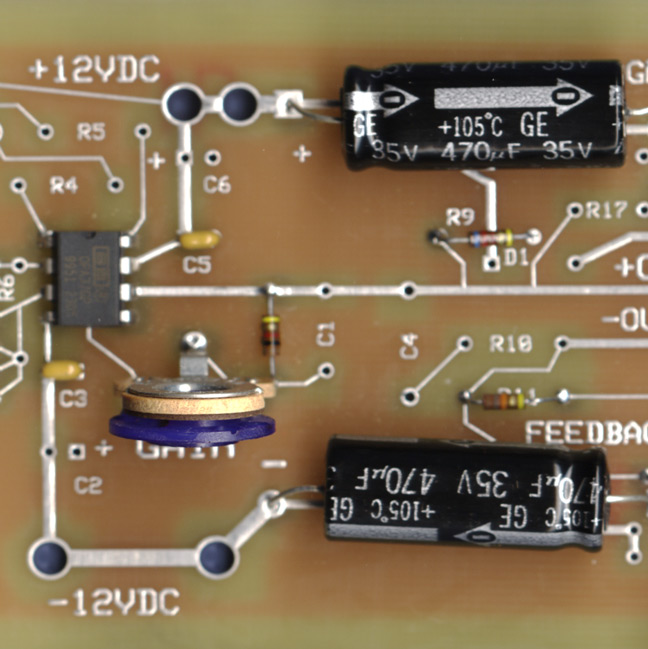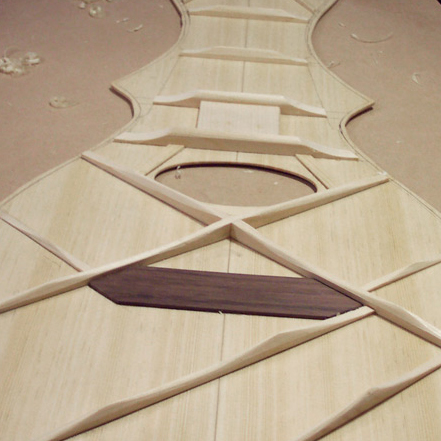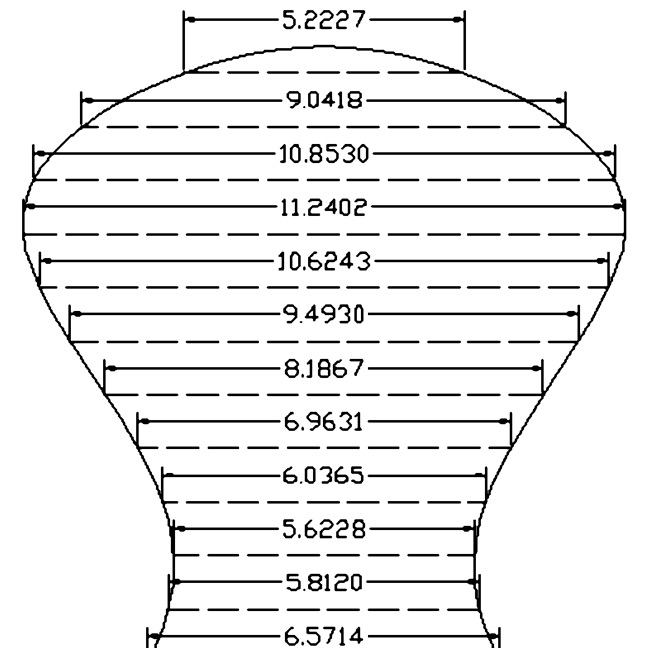
Battery-Powered Instrument Amplifiers
by Joseph Ennis
Originally published in American Lutherie #69, 2002 and Big Red Book of American Lutherie Volume Six, 2013After reading Francis Kosheleff’s description of building speaker enclosures which resemble instrument bodies, I thought I would offer my experience of what has worked for me. I have added battery-powered amplifiers and speakers inside instrument bodies to either augment the sound of a weak instrument like a harp or mandolin, or just to act as stage monitors.
The thing left unspoken in Mr. Kosheleff’s article is that not just any speaker will work well. The speaker should be chosen to match the instrument body resonance. The first air resonance of a hollow body instrument is essentially the same as the Helmholtz resonance of a tuned speaker cabinet. The same math applies. The formula is given below.
Become A Member to Continue Reading This Article
This article is part of our premium web content offered to Guild members. To view this and other web articles, join the Guild of American Luthiers. Members also receive 4 annual issues of American Lutherie and get discounts on products. For details, visit the membership page.If you are already a member, login for access or contact us to setup your account.


